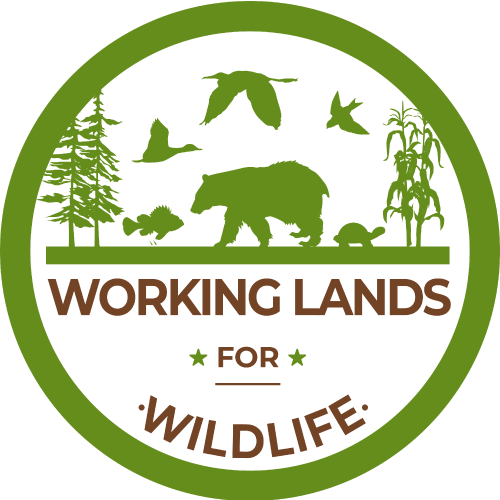-
 Wood River Valley Forest Health & Wildfire Resilience
Wood River Valley Forest Health & Wildfire Resilience
-
The Wood River Valley Forest Health and Wildfire Resilience Project will reduce the significant wildfire threat to the main populous corridor in Blaine County, Idaho.
Located in
Resources
/
…
/
Projects
/
Fire-Community & Infrastructure
-
 Bear Creek to Signal Peak
Bear Creek to Signal Peak
-
The Bear Creek to Signal Peak Collaborative Restoration Project area is located north and west of Silver City in southwestern New Mexico.
Located in
Resources
/
…
/
Projects
/
Fire-Community & Infrastructure
-
 Southern Front Range Watershed
Southern Front Range Watershed
-
The Southern Front Range (SFR-JCLRP) project will treat vegetation in the project area within Pueblo, Custer, Huerfano, and Las Animas counties. Treatments would be adjacent to or near the towns of Cuchara, Aguilar, Stonewall, Wetmore, Westcliffe, Beulah, and Rye, Colorado.
Located in
Resources
/
…
/
Projects
/
Fire-Community & Infrastructure
-
 Connecting Fuels Treatments in the Salish Mountains and Whitefish Range
Connecting Fuels Treatments in the Salish Mountains and Whitefish Range
-
This landscape-scale fuels reduction project targets connecting 25 miles of cross boundary fuel reduction treatments within the rapidly expanding wildland urban interface (WUI) and communities at risk of catastrophic wildfire near the Salish Mountains west of Kalispell and north to the Whitefish Range.
Located in
Resources
/
…
/
Projects
/
Fire-Community & Infrastructure
-
 Central Sierra Recovery and Restoration
Central Sierra Recovery and Restoration
-
Treatments to more than 3,100 acres helped create a defensible space for fire fighters to protect four communities during the 2018 Ferguson Fire. This Joint Chiefs’ project helped in reducing fuel loads and removing hazard trees in the wildland urban interface. These practices are critical in reducing the threat of catastrophic wildfire to local communities and sensitive habitats.
Located in
Resources
/
…
/
Projects
/
Fire-Community & Infrastructure
-
 Nebraska Northwest Landscape Restoration
Nebraska Northwest Landscape Restoration
-
USFS, NRCS, and partners have conducted prescribed burns or mechanically removed cedar on approximately 40,000 acres in the Sandhills grasslands.
Located in
Resources
/
…
/
Projects
/
Fire-Community & Infrastructure
-
 WildfireSAFE: Real-Time Data to Improve Wildfire Management
WildfireSAFE: Real-Time Data to Improve Wildfire Management
-
WildfireSAFE provides an intuitive platform to access fire weather, hazard and behavior information from the Wildland Fire Assessment System (WFAS) for specific incidents. It supports the greater interagency fire community in the planning, response, and recovery phases of wildfire management.
Located in
Resources
/
…
/
Projects
/
Innovation in Fire Tools, Thinking & Approaches
-
 Comparing Remote Sensing and Field-Based Approaches to Estimate Ladder Fuels and Predict Wildfire Burn Severity
Comparing Remote Sensing and Field-Based Approaches to Estimate Ladder Fuels and Predict Wildfire Burn Severity
-
A comparative study on remote sensing and field-based approaches to estimate ladder fuel density. Can densities from different approaches predict wildfire burn severity?
Located in
Resources
/
Research
/
Products
-
 Western Fire Chiefs Association (WFCA) Fire Map
Western Fire Chiefs Association (WFCA) Fire Map
-
The WFCA Fire Map pulls data from the US Forest Service via National Interagency Fire Center IRWIN feed, and 911 Dispatch data via PulsePoint to track the location of the wildfire as they start and while they’re burning. The WFCA Fire Map is the first map of its kind to pull such data from 911 Dispatch in relevant areas.
Located in
Resources
/
Research
/
Products
-
 Bootjack Fire Station Water Storage Project
Bootjack Fire Station Water Storage Project
-
The “Bootjack Fire Station Water Storage Project” included the installation of a new water tank at a local fire station in the disadvantaged community of Bootjack. The project’s purpose was to increase local water storage to fight the growing number of wildfires in the region.
Located in
Resources
/
Research
/
Products























